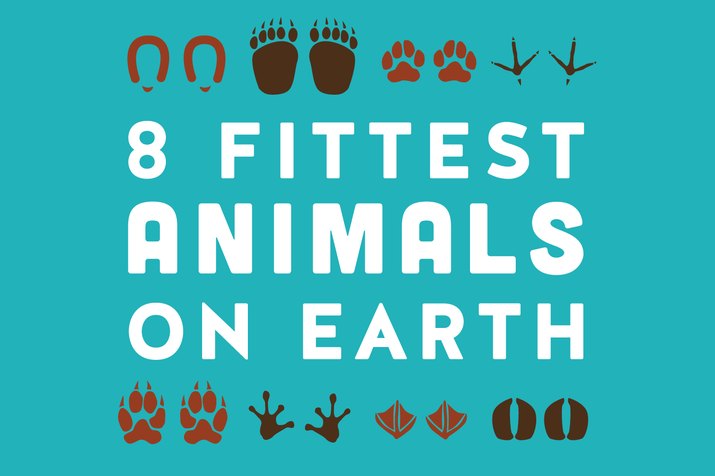
Overview
The animal kingdom is one wild world. Animals must dodge predators, battle their competition and fight off illness. And the stakes are high: Being physically fit is key to health and survival. There are no Olympics or playoffs in the animal kingdom: Fitness is a matter of life and death. From insanely strong fighting skills to jaw-dropping longevity and breakneck speeds, here are the fittest creatures of land, air and water.

1. Strongest Insect: Horned Dung Beetles
Scientists have dubbed the male horned dung beetle the world's strongest insect for its ability to pull 1,141 times its body weight. That's equivalent to a 150-pound person lifting six double-decker buses full of passengers. "Insects are well known for being able to perform amazing feats of strength, and it's all on account of their curious sex lives," study author Rob Knell of Queen Mary University of London told Science Daily. Females dig tunnels where mating occurs, but if a male enters the tunnel when it's already occupied, the two suitors lock horns and try to pull each other out. Romantic!
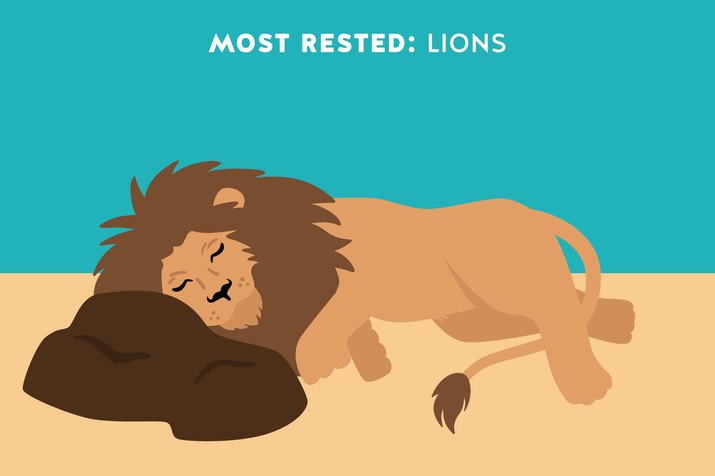
2. Most Rested: Lions
Think you need lots of sleep? "The male lion sleeps for 20 hours a day," says Beth Schaefer, general curator at the Los Angeles Zoo. "His heavy mane makes him less agile, so females do most of the hunting and child-rearing." Once the females bring home dinner, the males not only eat first, they also hog most of the meal (leaving only scraps for their prides) and conk out in food comas.
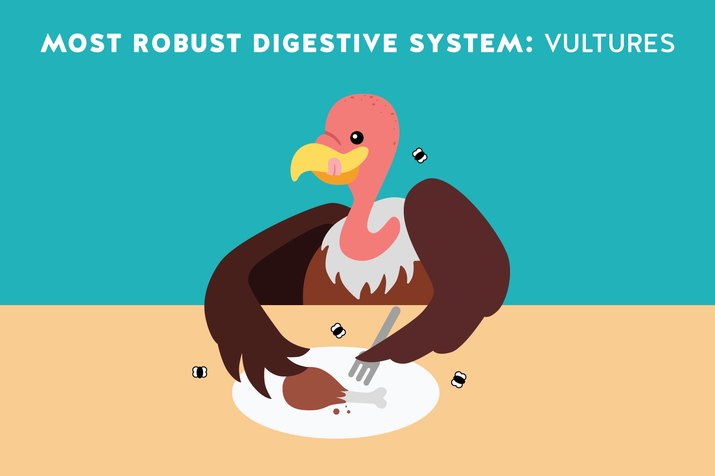
3. Most Robust Digestive System: Vultures
Considering their regular diet of rotting flesh, how can vultures consume all that bacteria without getting sick? Their guts are lined with two very special species of microbes that destroy toxins, according to a study published in the journal Nature Communications. These miraculous microbes would be dangerous to humans, but they help the scavenging birds digest animal carcasses. Now, who's up for dinner?
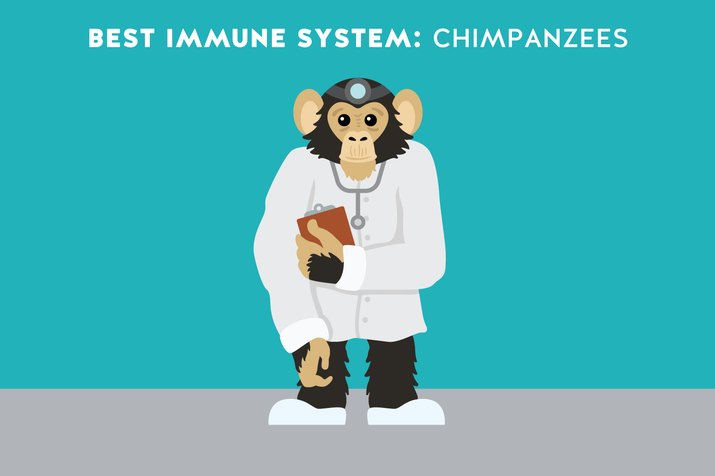
4. Best Immune System: Chimpanzees
"Chimps heal themselves at impressive rates," says Schaefer. "[When attacked], they get very deep gashes, with chunks of flesh hanging off their bodies -- conditions that would send a human to the hospital for a long time -- but they heal up in about a week." What's more, research shows that chimps are less likely to succumb to certain diseases due to their unique immune systems.
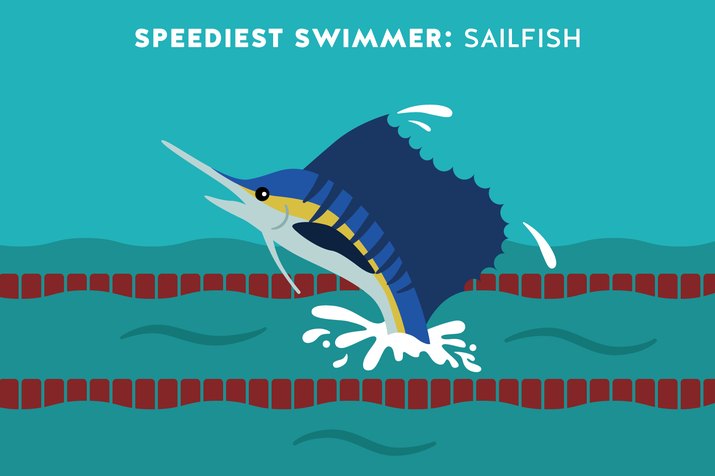
5. Speediest Swimmer: Sailfish
The sailfish has earned the title of "fastest swimmer" due to its ability to travel at 68 miles per hour. "But there's a catch," notes Schaefer. "There's less resistance in the air when sailfish leap, so they're able to accelerate more then." Still, the sailfish could outswim Olympian Michael Phelps. Live Science notes that in a 200-meter race the sailfish would finish in 10 seconds, while Phelps would lag behind with a time of 1.42 minutes.
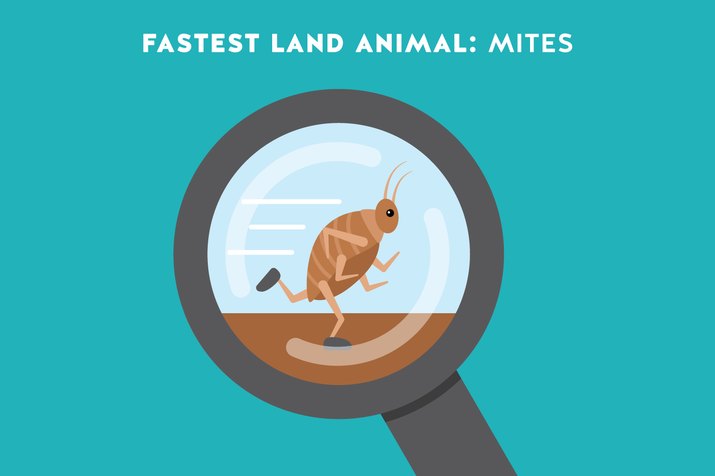
6. Fastest Land Animal: Mites
Bow down, cheetahs. The fastest land animal for its size is a mite, an arthropod that's smaller than a sesame seed and invisible to the naked eye. One study published in the Journal of Experimental Biology pinpointed the mite's speed at 322 body lengths per second. "For comparison, cheetahs can run 16 body lengths per second," says study author Samuel Rubin, a Ph.D. student at the Stanford University School of Medicine. He hypothesizes that the mite evolved in part to move quickly in order to hunt efficiently.
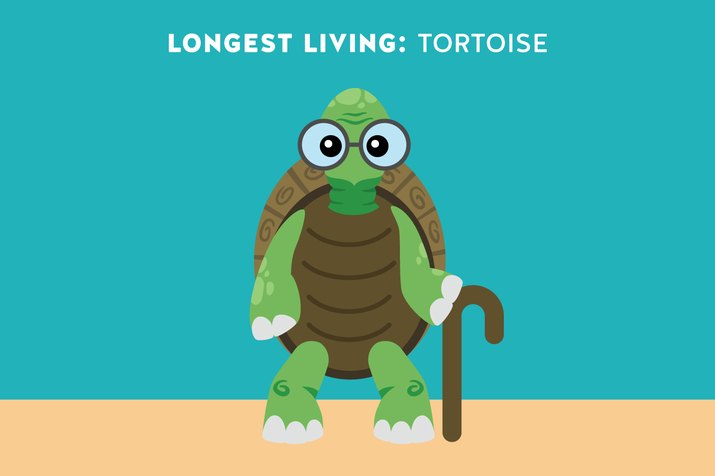
7. Longest Living: Tortoises
These 550-pound giants often outlive humans, so it's a little unclear how long giant tortoises live. Most recently, a British tortoise named Thomas was euthanized at age 130 due to complications from a rat bite, reports National Geographic. Others have survived to an estimated 250 years. "Tortoises eat a clean diet of vegetables and herbs and have very slow metabolisms, so their organs don't have to work that hard," explains Schaefer. "However, they're not inactive due to migrating long distances. They're just slow."

8. Most Flexible Animal: Sea Lions
"Sea lions can do backbends so far that their heads almost touch their backs," says Schaefer. "They also use their flexibility to turn quickly and catch fish." Their extremely flexible pelvises also allow sea lions to rotate their hind flippers underneath their bodies and walk, reports the Dolphin Research Center. Limber limbs also help when contorting themselves into their favorite sleeping positions, such as with four flippers tucked under their bodies or upright with their noses pointed toward the sky. Sounds comfy.
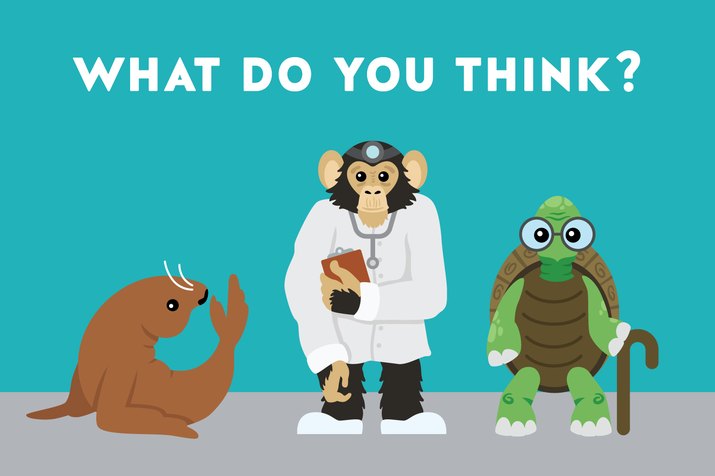
What Do YOU Think?
Which animal do you find most impressive? What is your favorite animal? If you could be one animal, what type would you be? Let us know your thoughts in the comments!
Video of the Day
Video of the Day